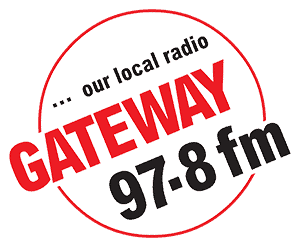
Posted by Aston Avery
Atrial fibrillation explained for national heart month
Atrial fibrillation (AF) is the most common heart rhythm disturbance, affecting around 1.4 million people in the UK. However, people are now more likely to survive events caused by AF, such as heart attacks.1 This improved survival rate among people with AF, plus an aging population, means that the number of people in the UK living with AF is forecast to increase 150% by 2050.
Atrial fibrillation happens when abnormal electrical impulses suddenly start firing in the upper chambers of the heart, known as the atria. These impulses override the heart’s natural pacemaker, meaning it can no longer control the rhythm, causing a highly irregular pulse rate.
According to the NHS, AF is a leading cause of AF-related stroke. Having AF increases a person’s risk of a stroke five-fold and strokes associated with AF tend to be severe, leading to an increased risk of disability or death. If this condition is left undiagnosed and without medical attention, the risk of AF-related stroke is even higher.
Aston spoke to Ben Lord, patient adovcate, regional ambassador for East Anglia Support Group at Atrial Fibrillation Association.
Ads help us keep this site online
